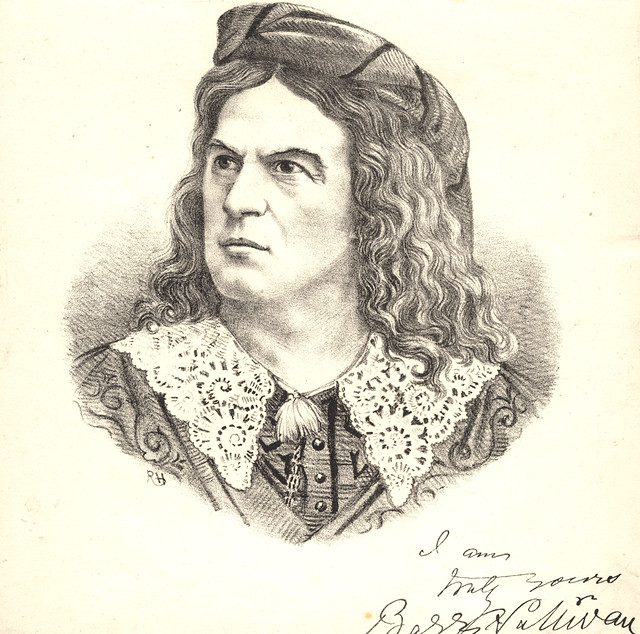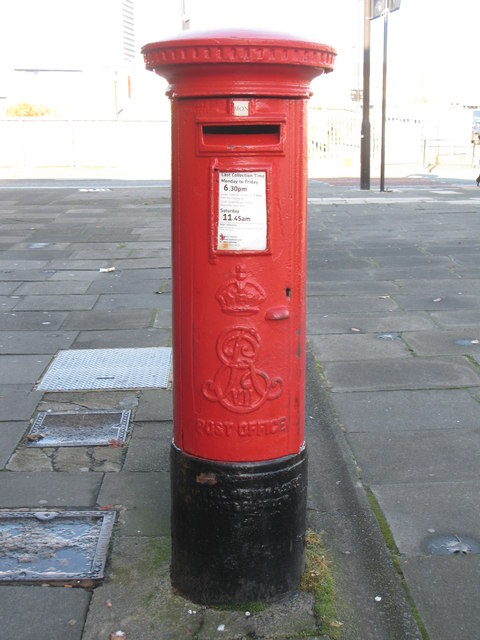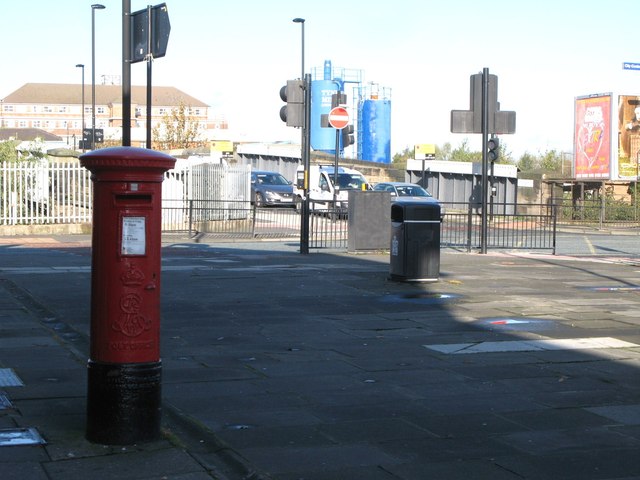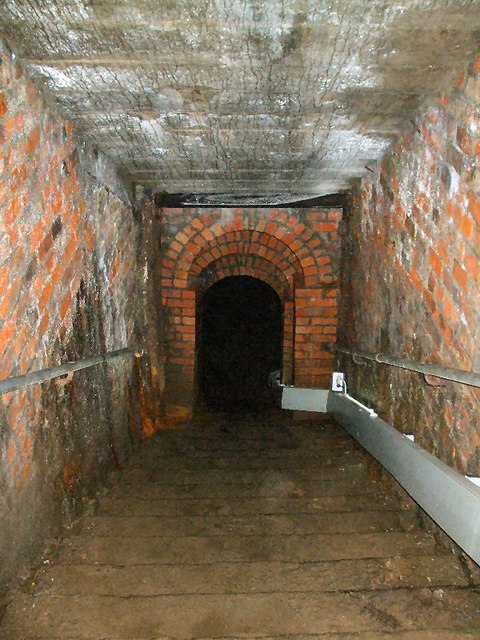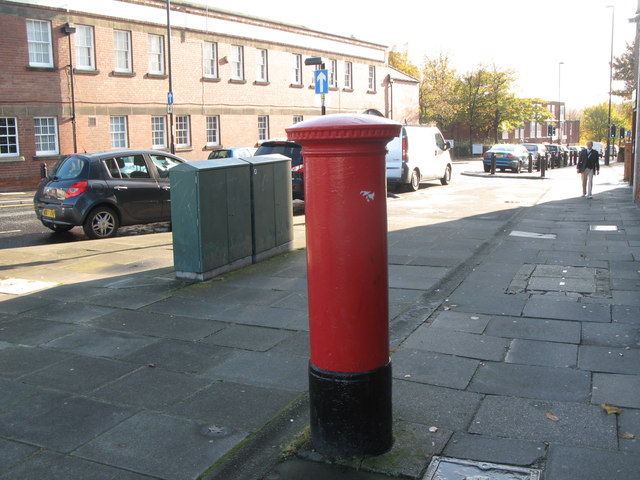Topics > People in History > George Stephenson (1781 - 1848) > Extracts from Biography of George and Robert Stephenson > Childhood (George Stephenson)
Childhood (George Stephenson)
Extract from: The Life of George Stephenson and of his son Robert Stephenson, by Samuel Smiles, 1881.
Old Robert was a general favourite in the village, especially among the children, whom he was accustomed to draw about him while tending the engine-fire, and feast their young imaginations with tales of Sinbad the Sailor and Robinson Crusoe, besides others of his own invention; so that "Bob's engine-fire" came to be the most popular resort in the village. Another feature in his character, by which he was long remembered, was his affection for birds and animals; and he had many tame favourites of both sorts, which were as fond of resorting to his engine-fire as the boys and girls themselves. In the winter time he had usually a flock of tame robins about him; and they would come hopping familiarly to his feet to pick up the crumbs which he had saved for them out of his humble dinner. At his cottage he was rarely without one or more tame blackbirds, which flew about the house, or in and out at the door. In summer time he would go bird-nesting with his children; and one day he took his little boy George to see a blackbird's nest for the first time. Holding him up in his arms, he let the wondering boy peep down, through the branches held aside for the purpose, into a nest full of young birds—a sight which the boy never forgot, but used to speak of with delight to his intimate friends when he himself had grown an old man.
The boy George led the ordinary life of working people's children. He played about the doors; went bird-nesting when he could; and ran errands to the village. He was also an eager listener, with the other children, to his father's curious tales, and he early imbibed from him his affection for birds and animals. In course of time he was promoted to the office of carrying his father's dinner to him while at work, and at home he helped to nurse his younger brothers and sisters. One of his earliest duties was to see that the other children were kept out of the way of the chaldron wagons, which were then dragged by horses along the wooden tram-road immediately in front of the cottage door.
This wagon-way was the first in the northern district on which the experiment of a locomotive engine was tried. But, at the time of which we speak, the locomotive had scarcely been dreamt of in England as a practicable working power; horses only were used to haul the coal; and one of the first sights with which the boy was familiar was the coal-wagons dragged by them along the wooden railway at Wylam.
Family History < Smiley, 1881 > Move to Dewley Burn

Co-Curate Page
Wylam Wagonway
- A 5 mile waggonway built in 1748 to transport coal from Wylam Colliery to staiths at Lemington for shipping down the Tyne. It was originally built with timber rails, which …
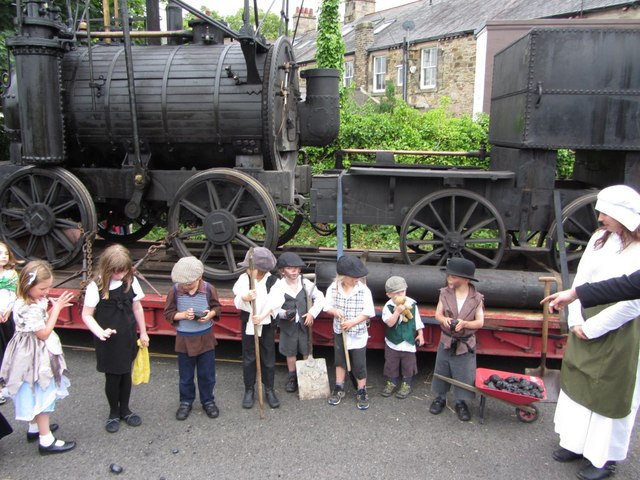
Co-Curate Page
Wylam
- Overview About Wylam Map Street View Wylam is a small village about 10 miles west of Newcastle upon Tyne. It is located in the county of Northumberland. It is …
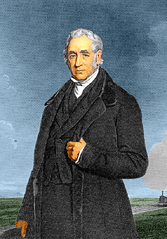
Co-Curate Page
George Stephenson (1781 - 1848)
- Overview Detailed Information George Stephenson was a famous engineer and inventor, considered to be "father of the railways". He was born in Wylam in Northumberland on 9th June 1781. In 1814, Stephenson …


Co-Curate Page
Wylam Wagonway
- A 5 mile waggonway built in 1748 to transport coal from Wylam Colliery to staiths at Lemington for shipping down the Tyne. It was originally built with timber rails, which …

Co-Curate Page
Wylam
- Overview About Wylam Map Street View Wylam is a small village about 10 miles west of Newcastle upon Tyne. It is located in the county of Northumberland. It is …

